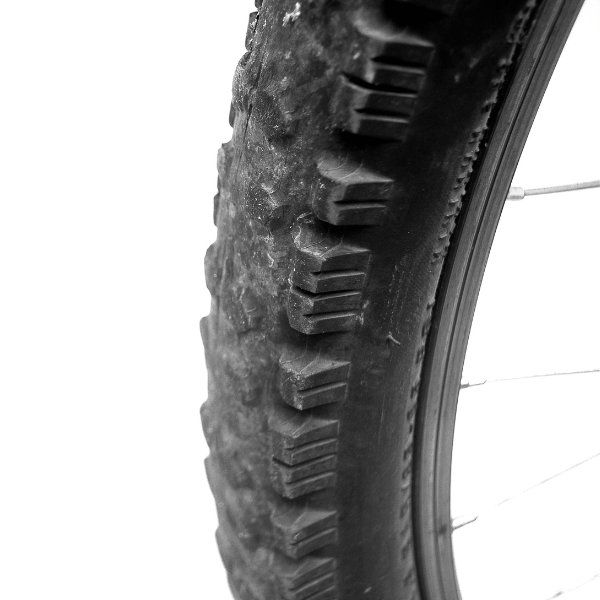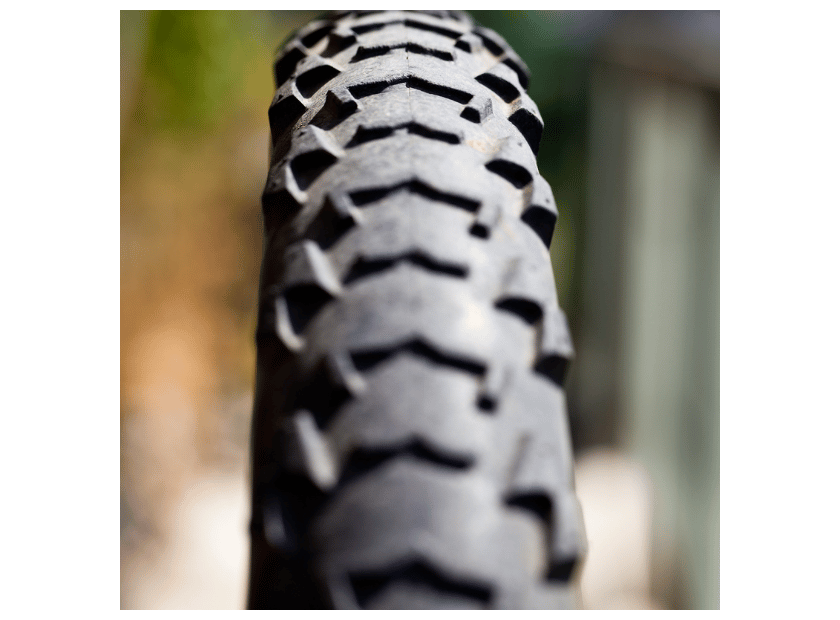Choosing the Right 700c Bike Tire Size: A Comprehensive Guide
Choosing the correct 700c bike tire size is vital for cycling enthusiasts and professionals as it determines ride quality, efficiency, and safety. The term ‘700c’, on the other hand, identifies a particular wheel diameter used in most road, racing, and touring bicycles. This article has been designed to provide an insight on how tire width together with rim width interact to influence cycling performance as well as rider’s comfort.
Understanding bicycle handling optimization and durability relies on compatibility between tire sizes and rim widths. It analyzes technical aspects that are involved in selecting the right 700c tire size such as ride type, desired use of the bike or even specific recommendations from manufacturers. Keeping to these guidelines will make good selection of tires that suit their use.

Why Is It Important To Choose The Right Tire Size?
A correct tire size for your 700c bike helps you optimize performance, comfort, and safety. Others include speed capabilities and different terrains ridden upon by your bike, among others that are addressed solely by getting a proper size. This eventually guarantees a more comfortable ride, thereby ruling out the factor of accidents, which may be due to skidding/slipping while taking corners at high speeds or simply losing control over your machine.
Understanding 700c Tires Basics
For efficiency and all-around capability, 700c tires have become a standard for most road racers and tourers alike. they are approximately about seven hundred millimeters in diameter with “C” indicating its category based on weight When looking for a suitable 700c tire there are some key things one can take into consideration which include but not limited to; tread pattern (for grip & rolling resistance), tire pressure capacity (affecting comfort & performance) measured in psi) & tread width measured in mm.
Factors To Consider When Choosing Tire Widths For Your Bike
Considerations when choosing your original tire width for a road bike include:
Terrain – broader tires are more suitable for rough terrains because they have more grip and stability, while narrow ones are better for paved surfaces as one does less work to keep them moving.
Bicycle frame clearance: Ensure that the tire's width can be accommodated by your bike’s frame, and it does not touch the brake calipers leading to friction.
Comfort: The wider tires absorb bumps of the road making you feel comfortable as compared to thin tires that make every bump feel like a roofless car motor ride
Weight & Speed: Thin tires are lighter, providing the possibility of improving speed due to lower rolling resistance; however, wider ones give better control and safety over different types of soil.
How Does Tire Size Impact Bike Performance?
Tire size affects how fast your bicycle moves, how fast it stops or accelerates and even energy consumption. For instance larger wider tyres offers increased stability resulting in improved traction on rough uneven terrain such as in gravel roads.On the other hand smaller narrower tyres decrease air resistance and rolling friction thus faster on smooth surfaces. Nonetheless, the choice of tire size must balance speed, comfort, and control according to individual riding needs & conditions for an enjoyable cycling experience.
How To Find Your Bicycle’s Right Tire Size?
Finding out which tire size is right for your bicycle means figuring out how these factors interact with each other. In this introduction alone, we will discuss what a tire size chart is, measure rim widths, and deal with the different requirements posed by mountain bikes versus their road counterparts.
Using A 700c Wheel Tire Size Chart
A tire size chart for 700c bike wheels makes it simple to find the right tire. Such a chart usually contains the diameter of tires for each width in millimeters and relates them with usual tire size names (e.g., “28-622” means a 28 mm wide tire fitting a rim with 622 mm dia). To use the table effectively, know your rim diameter and desired tyre width based on factors such as riding surface and bike frame clearance discussed above.
However, there are factors other than wheel circumference that determine what will fit within the frame. Rim Width measurement is very important in ensuring proper selection of an ideal tyre size that will match a particular rim. This information is critical because narrow rims cannot accommodate wider tyres or vice versa as it may lead to poor handling and increased wear. Most manufacturers prescribe a range of tire widths that will work best for your specific rim width. As a general guideline, the inner rim width should be multiplied by 1.45 to get minimum recommended tire width while maximum recommended width is about twice the same.
However, for downhill mountain biking, it’s common to go up to 2.8 inches, which gives enormous grip even at the highest speed, not just to make you roll faster like road racing tyres do.

So why did road bikes start from narrower sizes compared to mountain bikes?
The market offers different sizes of standard road bike tires meant for different types of riders; these range from thin models measuring around only 23mm across all through to others that are quite huge nearing almost 32mm thick such as Gator Skin model above.
For example, in the world of road cycling, we have recently begun seeing an increase in the popularity of 25mm and 28mm tires because they offer a better overall balance between speediness, comfort, and wet grip compared with traditional thinner versions (e.g., typical 23/24mm).
On one hand marathon racers opt to use 25mm tires to minimize rolling resistance, while the majority of recreational and training riders prefer 28mm tires due to their increased comfort and durability against flats.
To compare this, a maximum tyre capacity for most road bikes is about 32mm (the only exceptions being “gravel” or “adventure” bikes) because beyond that limit they become more vulnerable to punctures on smooth asphalt.
However, different riding styles may require different types of tyres, which are available in different sizes.
The gravel adventure is not like road cycling since it gives you freedom to choose your own line hence you can even follow grassy side tracks as long as they lead in your direction.
Finally and more importantly, if you want to find out whether a certain tire model will fit into your bike frame, remember about the rim's inner width.
Frequently Asked Questions
Q: Why is choosing the correct 700c size for my road bike tires important?
A: Safety and comfort are key to biking performance. They also affect your bike’s traction, stability, and overall efficiency.
Q: How do I tell what size mountain bike tire I need?
A: Mountain bike tyre sizes are often marked on the sides of the tyres. Check tire markings like 27.5 x 2.1 or 29 x 2.4, which specify the diameter and width of the tire when buying new ones.
Q: What bicycle tire measurements should one look for on the market?
A: Some of these include widths ranging from 23mm to 40mm, common bike sizes including, but not limited to, 650b, and lastly, popular ones like 700c, covering various widths from narrowest to widest.
Q: How does wheel size affect road tire size selection?
A: The wheel determines how big or small a road tire can be that will fit properly between its spokes. The diameter of a road wheel must be matched by a similar number of inches when looking for another appropriate fixture.
Q: Can gravel bikes use MTB tires?
A: Yes, you can use MTB tires on gravel bikes depending on where you want to go riding off-road since some might fit quite perfectly. However, you should check if they would work with your frame before installing them on your wheels.
Q: What happens if we put a wider rim with narrower tires?
A: A wide rim gives less rolling resistance while better cornering characteristics among others such as more grip at lower speeds and improved braking surface area over which these tyres have contact points rather than being flat across their entire width; however this requires careful matching up between rim widths so that both width limits can be maximized optimally when choosing new rubber bands like those.
Q: What are the steps to choosing the right 700c road tire?
A: Some factors to consider when selecting 700c road tires include the width, tread pattern, and what type of riding the tire is going to be used for. Visit bike shops or consult with your bicycle manufacturer’s website for best recommendations in terms of suitable treadwear options.


